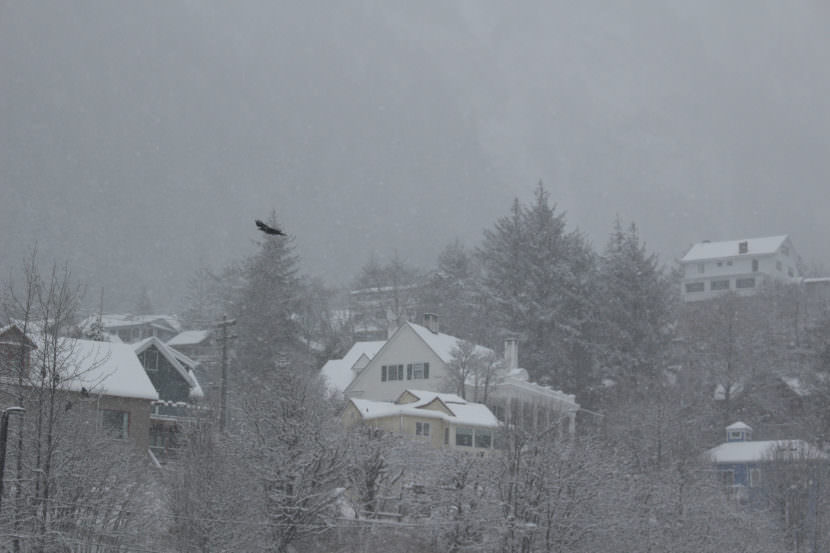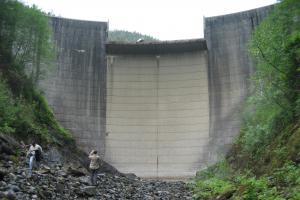
Parts of interior Alaska, like Fairbanks, have been seeing record cold temperatures this winter. But in Southeast Alaska, the frigid conditions have had a direct impact on the way people power their homes.
I haven’t seen any icicle beards around town, but Juneau has been noticeably cold. We’ve had below freezing temperatures for the past week, which is unusual for this time of year.
Nancy Waterman says the frigid conditions got her thinking. She’s seen water trickling into nearby streams.
“So I wonder what the condition of our hydroelectric reservoirs. Is it all frozen? Is it available to us?” Waterman asked. “Should Juneau-ites be conserving now since the weather forecast is for another week?”
Alec Mesdag with Juneau’s electric utility, Alaska Electric Light & Power, says when it’s cold outside, nothing changes with the hydroelectric dam itself.
“What changes is all the water that in the summertime would fall and flow into a reservoir is now frozen up on the side of a mountain,” Mesdag said.
Juneau’s energy is supplied by four different lakes. Alpine water flows into each lake and when that water is released through turbines, you get electricity.
“That only works if we have water in those lakes stored up in order to do that,” Mesdag said.
So, Mesdag says the cold snap presents a two-fold problem: the water in the lakes is low and you’re likely cranking the thermostat at home.
At this point, Juneau doesn’t have to use its backup power. But that’s not the case in other parts of Southeast.

“As of this morning, we’ve burned 6,400 gallons of diesel,” said Mark Adams, the Ketchikan Public Utilities Operations Manager.
The city of about 8,000 has been running on diesel instead of hydropower since March 6. And it’s not the only one. Haines and Skagway have also been supplementing with diesel during the daytime.
Adams says it’s the second time this year the city has been forced to make the switch, due to the chilly weather.
“It’s pretty significant. Colder weather, folks are heating their houses and the wind also draws a lot of heat out so that’s a big factor,”
Adams says powering with diesel can be expensive. It’s caused a noticeable jump in the community’s electric bills.
Petersburg and Wrangell share the same electric utility. But Ketchikan draws most of its electricity from a different lake.
“Wrangell and Petersburg are colder than Ketchikan but we are significantly larger on our electric load,” Adams said.
Meanwhile, back in Juneau, Alec Mesdag and I are basking in glow of lights still powered by renewable energy. He can’t say with certainty that we won’t have to go on diesel this year. We’re at the mercy of the weather.
“And that’s true of any year,” Mesdag said.
He says Juneau looks like it’s going to be alright. But should we be waiting for the other shoe to drop? Or in this case, the level of the lake? Should we be conserving energy when it’s really chilly outside?
Mesdag we should always be thinking about conservation, regardless of the season.
“A lot of it actually comes down to what is your priority with how you use energy,” Mesdag said. “Some people prioritize how much their energy cost. Some people prioritize what the environmental impact of their energy consumption is and some people are just trying to get by.”
In Southeast, we may be able to get by with heating our homes less. The forecast shows warmer, rainy weather in the weeks to come.
